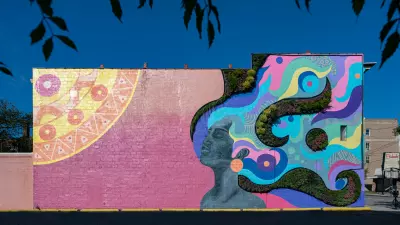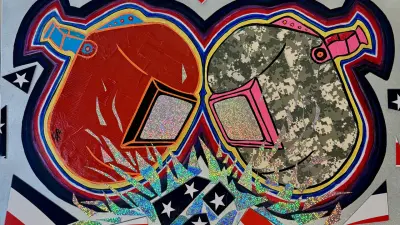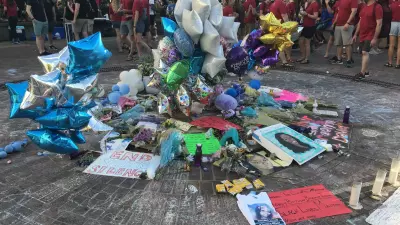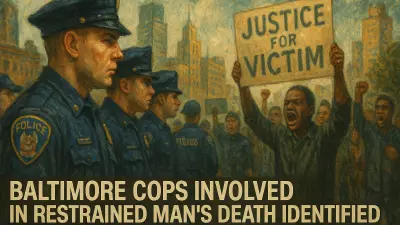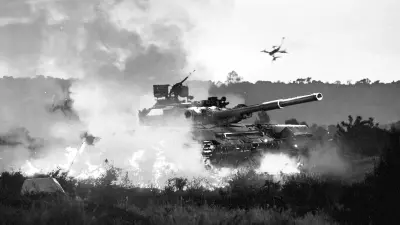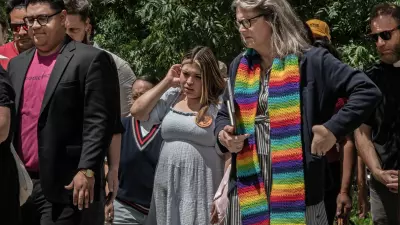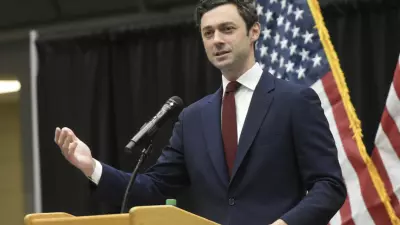In the ’80s, the decade after Pittsburgh’s Carrie Blast Furnaces shut down, sculptor Michael Walsh would sneak into one of the remaining cavernous structures and make the century-old brick walls his canvas.

This summer, he returned — not to paint the walls, but to forge metal art in a space where workers once poured up to 1,250 tons of iron per day.
“My trip is taking sculpture history and honoring it, but through the voice of the genre I started out in,” he said. “I used to decorate this place with graffiti, and now I’m here doing industrial arts. I feel like maybe I got caught up by the ghosts of these places.”
Recognized as pioneers of the graffiti sculpture movement, Walsh and New York-based sculptor Carlos Mare led an “Industrial Grit and Graffiti” residency this June with regional artists to cast sculptures at the Carrie Blast Furnaces National Historic Landmark.
Across Postindustrial regions, from Ohio to North Carolina, from Tennessee to Australia, public art is becoming a powerful way to tell a story of place.
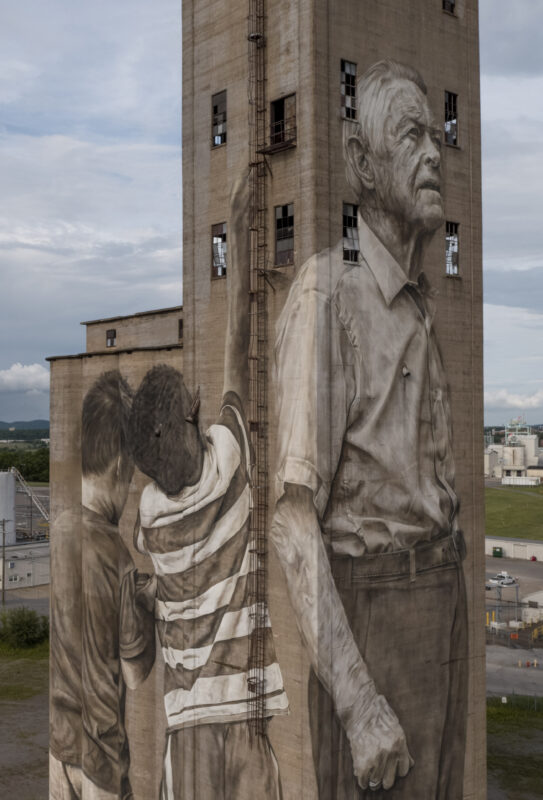
In Nashville, a lifelike mural on a former grain silo recalls the region’s industrial past in The Nations, now one of the fastest-growing neighborhoods in the city.
In Worsley, Australia, a mural on Wellington Dam became part of an outdoor art gallery that now draws tourists as part of the Collie Mural Trail.
In Pittsburgh, this summer’s residency also kicked off programming for residents of the nearby Monongahela Valley. It’s one one of a number of recent public art projects coordinated by Rivers of Steel National Heritage Area.
Others include murals in Brownsville, about 40 miles south of Pittsburgh, and Murals on a Mission northeast of the city in New Kensington — work that involved creating a community toolkit to help others replicate the approach.
Grit and Graffiti also took the sculptors to a public engagement at The Andy Warhol Museum in Pittsburgh’s North Shore neighborhood, another community where plans are underway to extend art beyond museum walls to city streets.
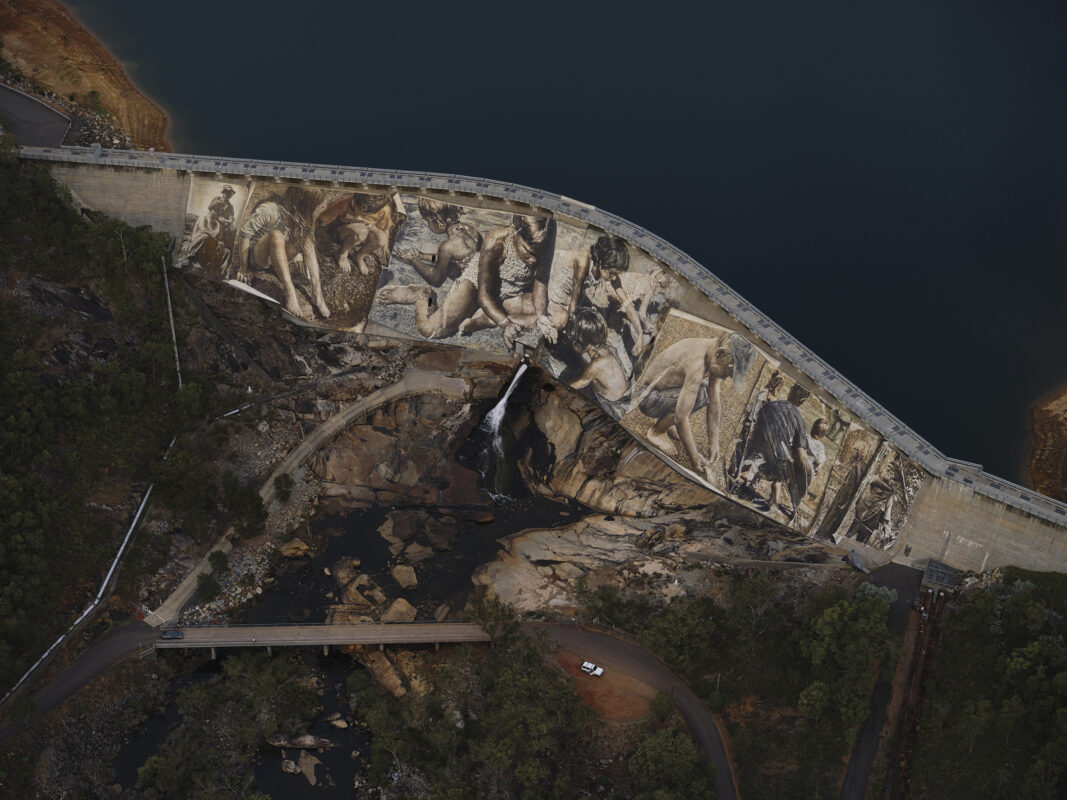
This May, the Warhol announced $25 million in grant funding to turn six blocks around the museum into “The Pop District,” a space for events, creative education, and public art.
Chris McGinnis, Rivers of Steel Arts director and chief curator, said the efforts picking up steam in the Pittsburgh area build on decades of work to help leaders see the value of public art as a point of connection.
In the case of the residency program, it brought together regional history, the history of work, and avenues to consider how art can help define the region’s future.
“We are a leader and also a follower,” McGinnis said. “Cities like Cleveland and Buffalo are doing great things. Dynamic public art is happening there. Part of it is about coming to terms with what a place looks like when it’s no longer a hub of industry. It’s a conversation that’s happening all over, and has been for the past 20 years at varying levels.”
Cleveland is making renewed strides, also built on the past and future. It may be the only city to have a professional sports team named after a work of public art: The city’s Major League Baseball team was renamed the Cleveland Guardians last year, interpreted by many as a nod to the iconic 43-foot-tall Guardians of Traffic statues that have towered over the Hope Memorial Bridge since 1932.
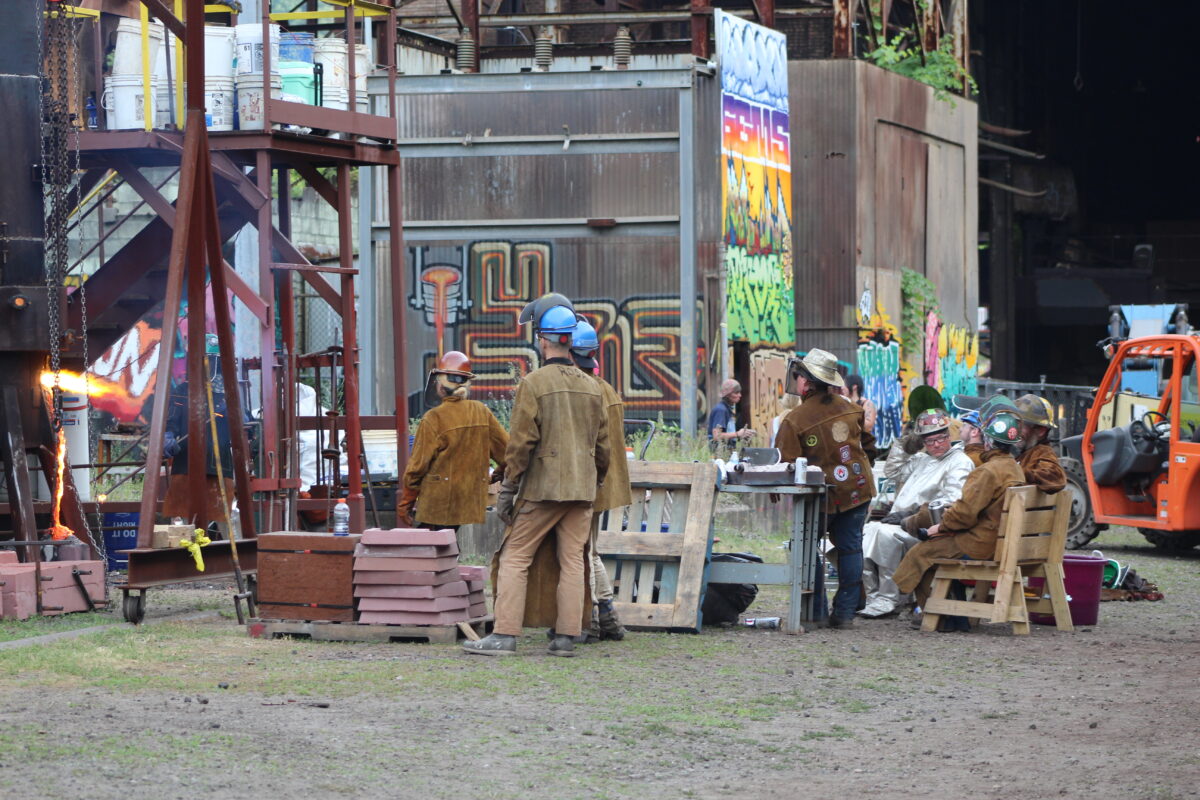
Over the past several years, especially in the wake of the pandemic, public art there has taken a less concrete turn, Cleveland Institute of Art President and CEO Kathryn J. Heidemann said.
When much of the city was shut down, LAND Studio, an organization that manages public art installations, launched The City is Our Museum, an app that leads visitors on tours to public art across city neighborhoods.
Another project that integrated art and technology was the Cleveland-based Sculpture Center’s “Crossroads: Still We Rise,” which used augmented reality as a central feature in two 2021 shows.
In one, viewers could go into the community and hold up their smartphones to see the artists’ work superimposed at sites where history had been forgotten or overwritten. Highlights included a former hotel for Black travelers and a high school that once hosted Martin Luther King Jr.
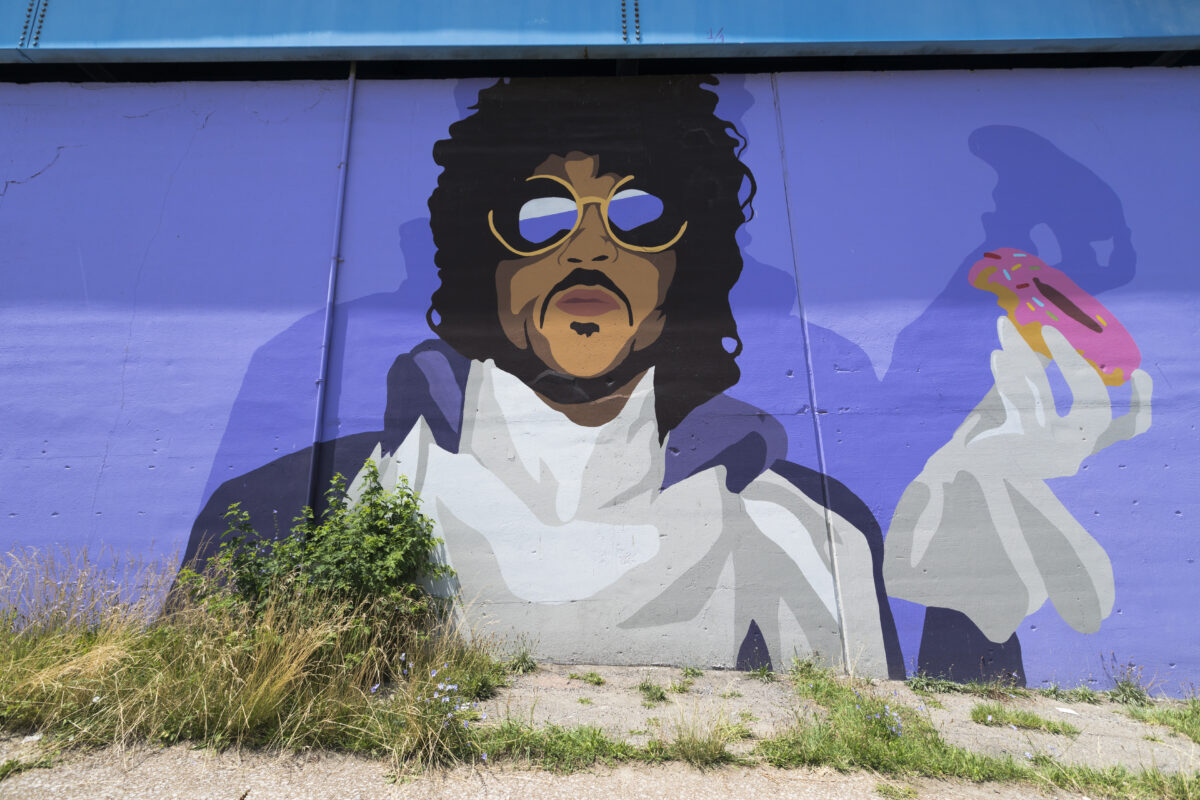
“There’s so much potential for education and continued learning, more engagement opportunities that leverage technology and encourage interaction than I’ve ever seen,” Heidemann said. “We’ve also seen a lot more intentionality around integrating diversity, equity, and inclusion into the public art process.”
That includes Destination Cleveland’s newly-launched Expressions of Black Culture Public Art Passport program, a self-guided tour of 35 works of art across the city.
When it’s well-considered, public art can amplify local voices, according to Meghan McCollumn, founder and owner of Blank Space Bham, which offers mural art consulting, design, and installation in Birmingham, Ala.
The viability of her work, she said, is a reflection of an increasing interest in muralism among city leaders, local businesses, and neighborhoods.
Blank Space Bham also worked with residents of the city’s Woodlawn neighborhood to organize the first Magic City Mural Festival in 2021, the first in the city by all female artists.
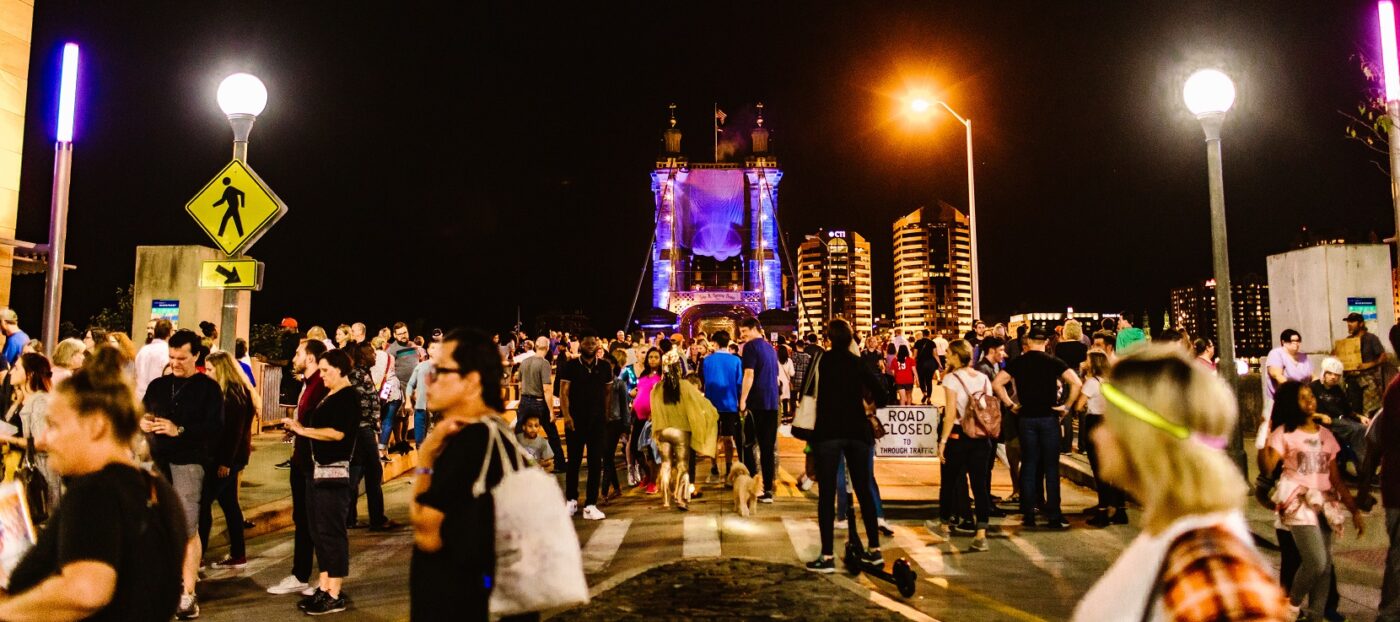
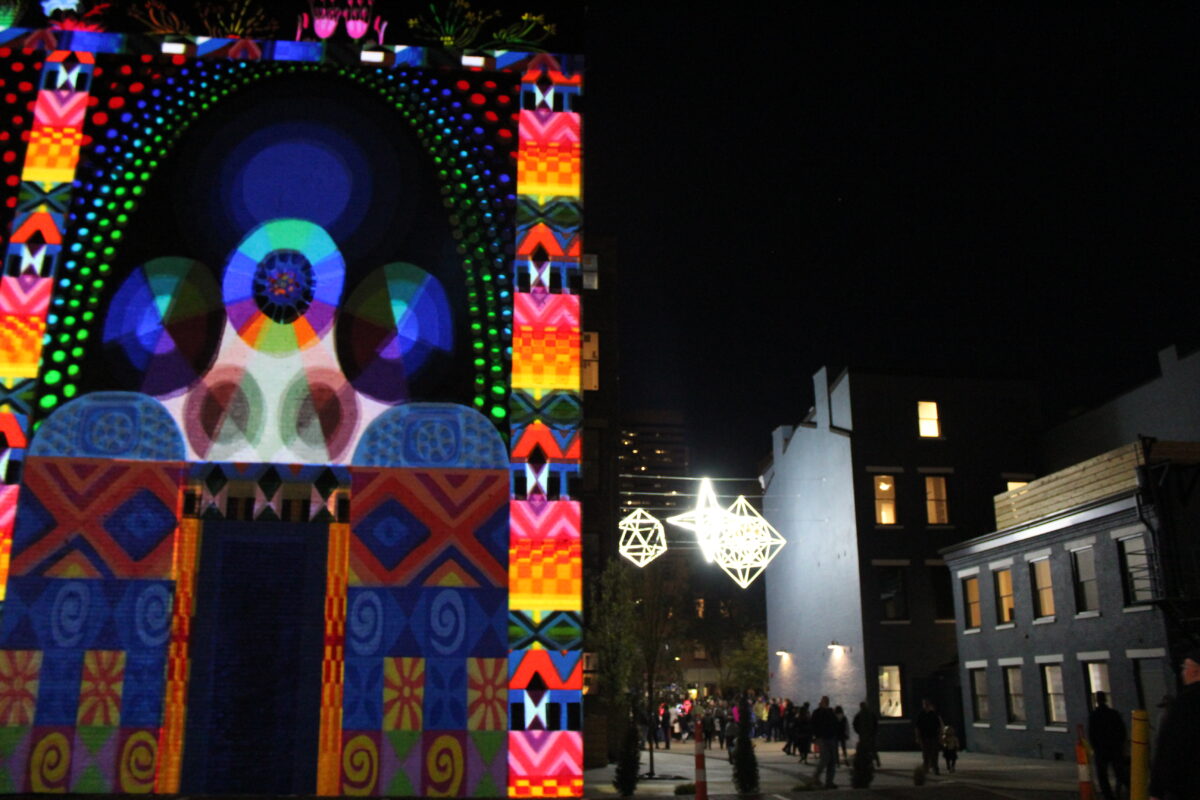
“People are hungry for opportunities to humanize spaces,” she said. “Nothing interrupts that built field of vision and tells a story quite like a hand-painted mural.”
In Cincinnati, city leaders have been working for more than 20 years to blend workforce development with public art through ArtWorks, a nonprofit launched in 1996 with an installment of 425 fiberglass pigs in downtown Cincinnati and just south in the Kentucky cities of Covington and Newport.
The youth employment program-turned-arts initiative has brought about some of Cincinnati’s most prominent recent works of public art, from large-scale permanent outdoor murals to functional art, such as unconventional lighting fixtures along walking trails pegged as places that had become dangerous in the dark.
ArtWorks also worked with community partners to organize BLINK, a four-day, light-based art festival that has drawn nearly 2 million visitors, Colleen Houston, the organization’s CEO and artistic director, said.
The city launched a mural program in 2006, at the time, there was one mural Downtown.
“We’ve since worked to beautify not just downtown but every neighborhood across our entire city,” Houston said.
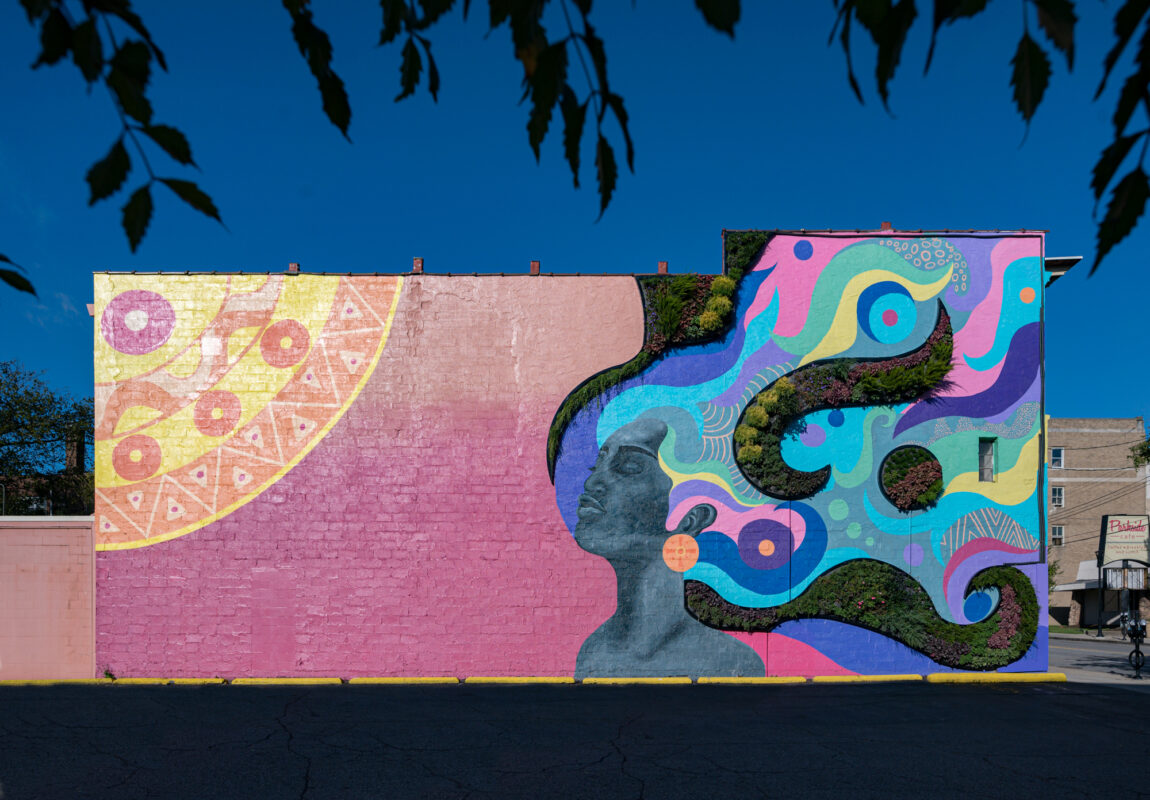
Including community members in the planning and creative processes has helped to build buy-in. Sometimes, it also serves as an avenue for healing, either by offering a facelift to a dilapidated building, illuminating a dark corner, or bringing parties together to encourage understanding.
Last year, ArtWorks coordinated a project in the city’s Avondale neighborhood as a response to continued violence and tension between its police and young people. The resulting “Hear Us Out” mural stemmed from dialogue ArtWorks facilitated between youth and neighborhood officers from the Cincinnati Police Department.
“It’s not just the process of how the mural comes together,” Houston said. “We also hire people from those neighborhoods. We are directly investing on a lot of levels: youth development, community development, and — after a mural is completed — continued programming. The mural can be a backdrop for community gathering, which furthers the meaning-making.”
“Casa Colina,” a rundown house now coated in vibrant hues of paint from the driveway up to the rain gutters, is another example. Inspired by the Latinx community of Price Hill, the artwork references migration by incorporating monarch butterflies into a design intended to resemble brightly colored oilcloths common in Mexican and Central American kitchens.
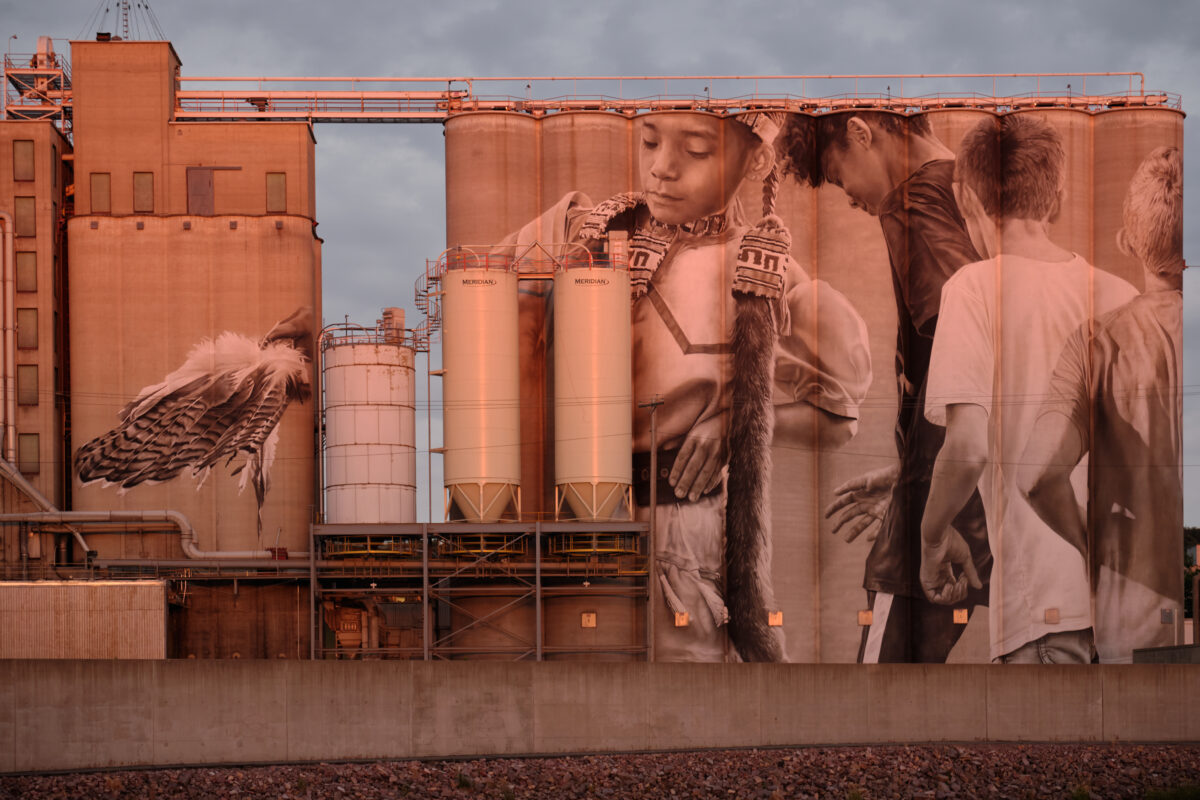
“Think about a kitchen table being welcoming,” Houston said. “This is a place where there had been some hostility toward community leaders at a nearby arts center that was hosting bilingual programming. They were striving to be welcoming to all. We worked with a Mexican-American artist who reflected on this idea that migration is natural and beautiful, and used the symbol of the monarch butterfly.”
Residents painted hundreds of tin butterflies that adorn the house.
“The mural is so meaningful, but it’s also groundbreaking in terms of the materials and the way the art was approached,” Houston said.
It also speaks to public art’s power to provide more than an attraction for visitors, she said.
That principle — incorporating community members’ stories — is part of how international muralist Guido van Helten approaches his photorealistic, but larger-than-life murals on dams, silos, and high-profile public buildings.
The Australia-born artist works with communities to gather stories and photographs of their everyday people, and in some cases their heroes. He’s currently painting a series of silos in a suburb of Dallas, and over the past several years has completed work in Iceland, Australia, India, and Greece, and in U.S. communities such as Nashville, Tenn. and Greenville, S.C.
“I look for stories that are collectively understood for an entire community,” he said. “I bring everyone into a theme. People are engaged by the scale and the impact, and by seeing themselves in these images.”
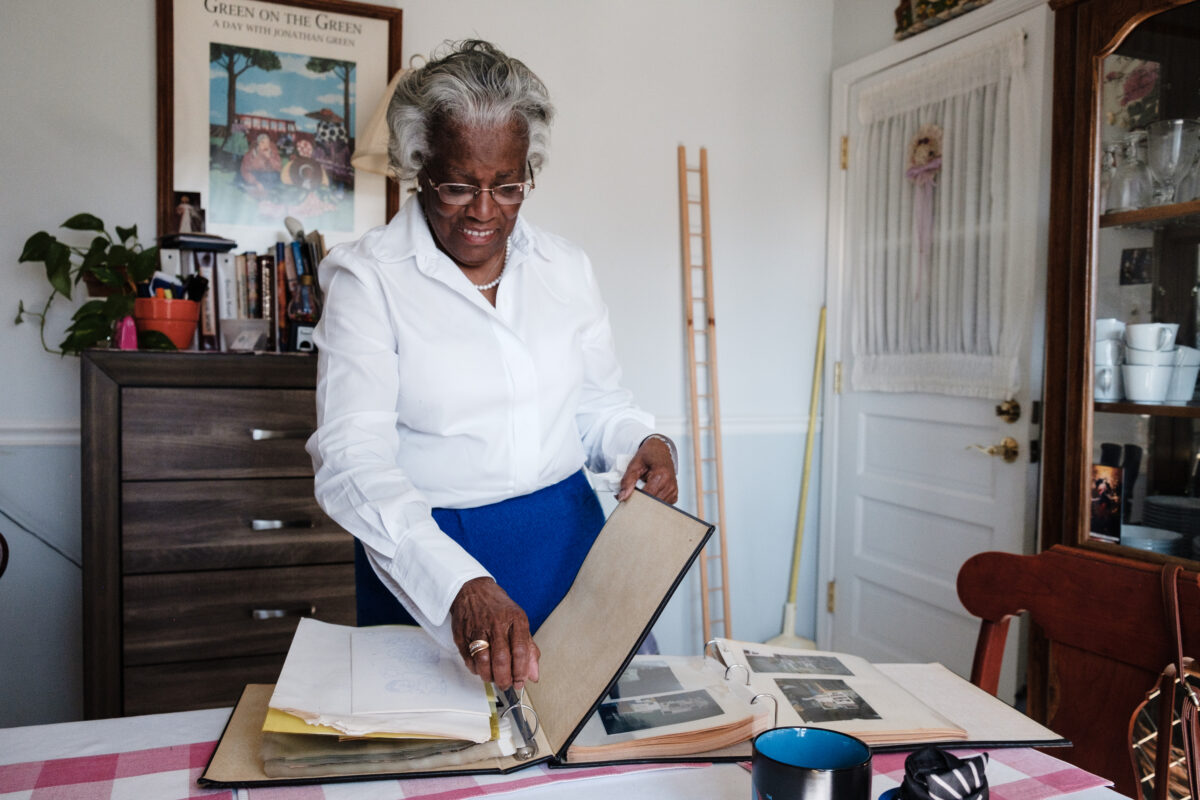
That starts with a research period, perhaps to explore generational trauma and healing, as was part of his process in Mankato, Minn., or to gather stories first-hand in Greenville from those who were alive during the integration of Black students into public schools.
Van Helten painted his interpretation of the Greenville narratives on an eight-story building.
“Once I come to the point of painting a silo or complicated architecture in Greenville, I’ve already spent three months hanging out in that place,” van Helten said. “I rely on that time to gather those stories. Sometimes it’s what you hear. Sometimes you stumble on the perfect thing.”
Last year, he finished a project on a dam in western Australia for a nearby community transitioning away from coal mining and looking to boost tourism.
“The government recognized that coal is on the way out, that in the next 20 years, there will be no more coal mine,” he said. “This was a clever way to use the dam as an identifier and point of local interest for a place that has more than mining. It also has an amazing national park.”
That transition away from heavy industry often comes with the kind of generational pride and trauma that van Helten has explored in his work.
“To lose that identity is traumatic for people,” he said. “Public art can serve to not only commemorate that identity, but also to repurpose it into something different through architecture.”

